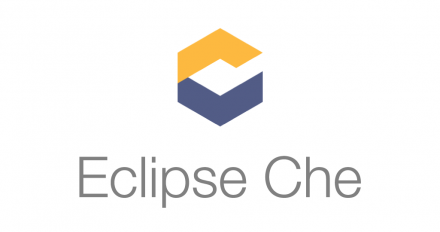
Creating custom stacks in Eclipse Che
Eclipse Che stacks contain compilers, runtimes, and tools. But what if you need more? This article shows you how to create your own stack.

Eclipse Che stacks contain compilers, runtimes, and tools. But what if you need more? This article shows you how to create your own stack.
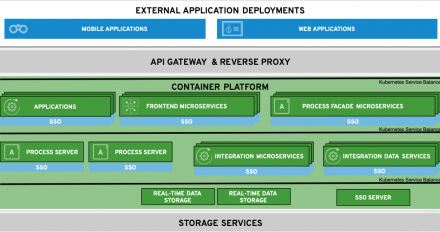
This article, which is Part 2 of the series, describes generic, common architectural elements that can be used in a generic architectural blueprint for the omnichannel customer experience use case.

This article, which is the first in a series, discusses how integration is the key to omnichannel customer experience.
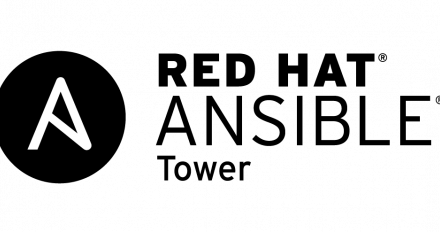
How to set up Red Hat Ansible Tower on OpenShift and have it running as a container in minutes. Ansible Tower helps you scale IT automation, manage complex deployments, and improve productivity.
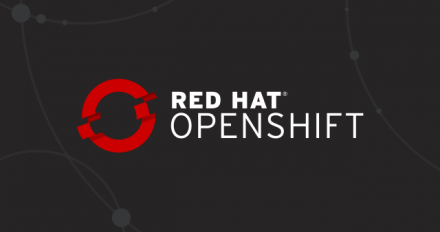
Sabre recently announced it has chosen Red Hat OpenShift Container Platform to fuel its digital transformation as it exits from transaction processing on the mainframe with TPF. OpenShift will be the basis of its next-generation platform, which will include microservices, DevOps, and a multi-faceted cloud strategy, to revolutionize the travel business.

Istio Pool Ejection allows you to temporarily block under- or non-performing pods from your system.
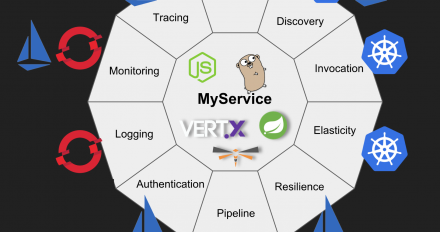
Kubernetes and related technologies, such as Red Hat OpenShift and Istio, provide the non-functional requirements that used to be part of an application server and the additional capabilities described in this article. Does that mean application servers are dead?
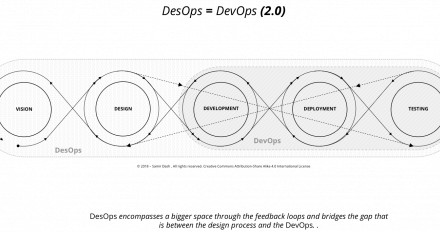
This article describes the key principles of DesOps and how DesOPs processes should be structured so that products delight customers and deliver value.
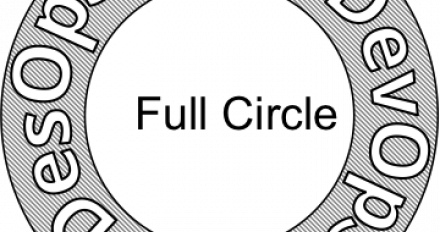
DesignOps (or DesOps) is an approach to design that is inspired by and is complementary to the culture of DevOps. Like DevOps, it involves a cultural shift, collaboration, and automation. Learn practical approaches for how to prepare for this next wave in design.

This video demonstrates how Istio Route Rules work with kubernetes (and OpenShift) to route traffic between microservices without any code changes.
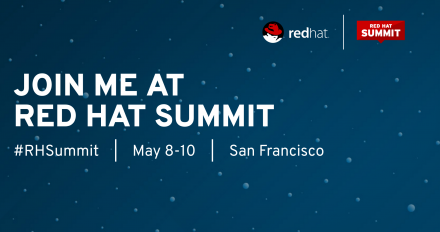
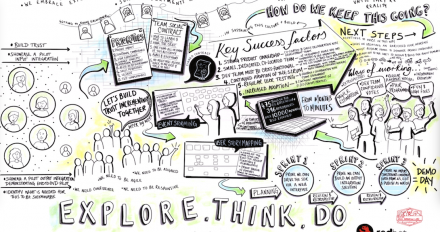
This is part 3 in a series on a journey to peek inside life in a Red Hat Open Innovation Labs residency. This is the top-tier experience for any customer, exposing them to open collaboration, open technologies, and fast agile application delivery methods. This post covers delivery week, known as Demo Day.
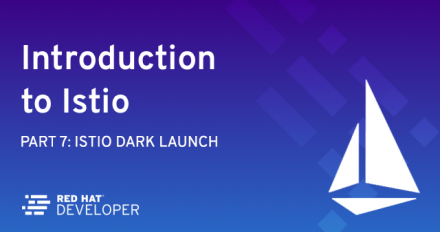
Discover how using Istio with OpenShift and Kubernetes eases microservices production and deployment. (Part 7 of 10 in a series)

Cloud developers can take advantage of increased speed, decreased risk, and
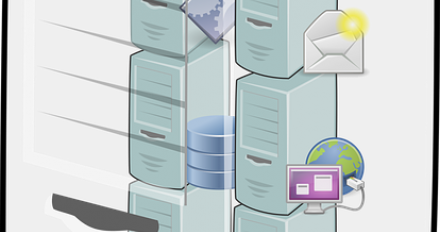
Have you ever thought about having your own cloud environment? A local cloud is one of the best things you can do to better understand all the gears that run inside a highly productive environment. How do I know that? I've done it! And I'm ready to show you how I did, and how you can do it.
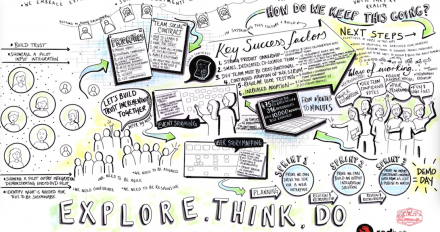
This series takes the reader on a journey, taking a peek inside an Open Innovation Labs Residency. A top tier experience for any customer, a residency exposes them to open collaboration, open technologies, and fast agile application delivery methods.
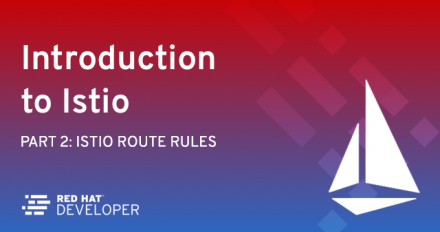
This article covers Istio Route Rules and telling Service Requests Where To Go. OpenShift and Kubernetes do a great job of working to make sure calls to your microservice are routed to the correct pods. What if, however, you want to customize the routing?
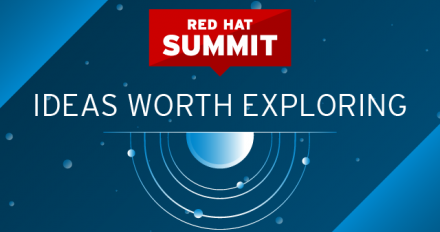
Following is a diverse set of developer-related breakouts, workshops, BoFs, and labs for Red Hat Summit 2018. With these 61+ sessions, we believe that every attending application developer will come away with a strong understanding of where Red Hat is headed in this app dev space.
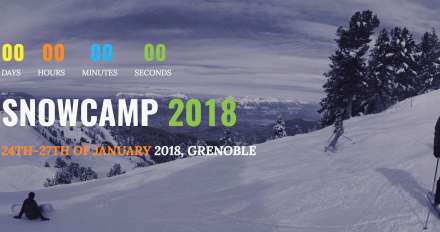
Last week, Red Hat was present at the SnowCamp conference in Grenoble, France. The SnowCamp is a technical conference held in Grenoble and proposing a unique combination of deep dive sessions (universities), technical talks and a last day on the slopes.
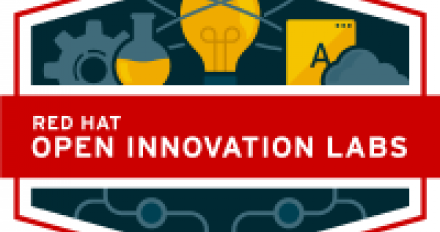

Applications running on OpenShift get their logs automatically aggregated to provide very valuable information on their state and health during tests and in production. In this blog I am covering a few points that may help you with bringing your logs from raw material to a more valuable product.
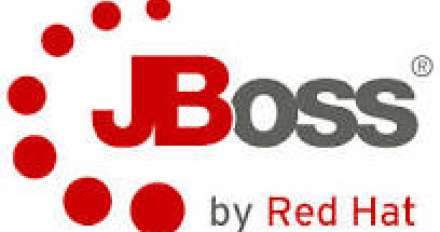
Accelerate Application Development With Red Hat JBoss Middleware And Microsoft Azure. The role of applications has changed dramatically. a well-developed, well-timed application can disrupt an entire industry. Just take a look at the hotel, taxi, and movie rental industries respectively.
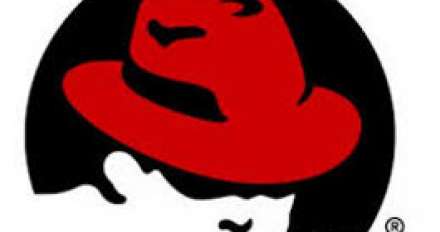
Beta testing is fundamentally all about the testing of a product performed by real users in a real environment. The Beta stage in the product lifecycle management (PLM) is the ideal opportunity to hear from the target market and to plan for the road ahead.
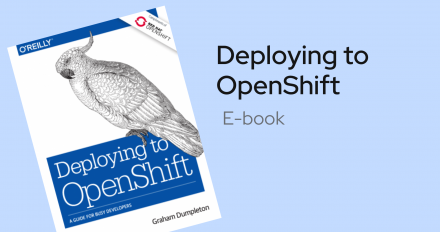
Get an in-depth tour of OpenShift®, the container-based software deployment and management platform from Red Hat® that provides a secure multitenant environment for the enterprise. This practical guide describes in detail how OpenShift, building on Kubernetes, enables you to automate the way you create, ship, and run applications in a containerized environment.

APIs are critical to automation, integration and developing cloud-native applications, and it's vital they can be scaled to meet the demands of your user-base. In this article, we'll create a database-backed REST API based on the Python Falcon framework using Red Hat Software Collections (RHSCL)